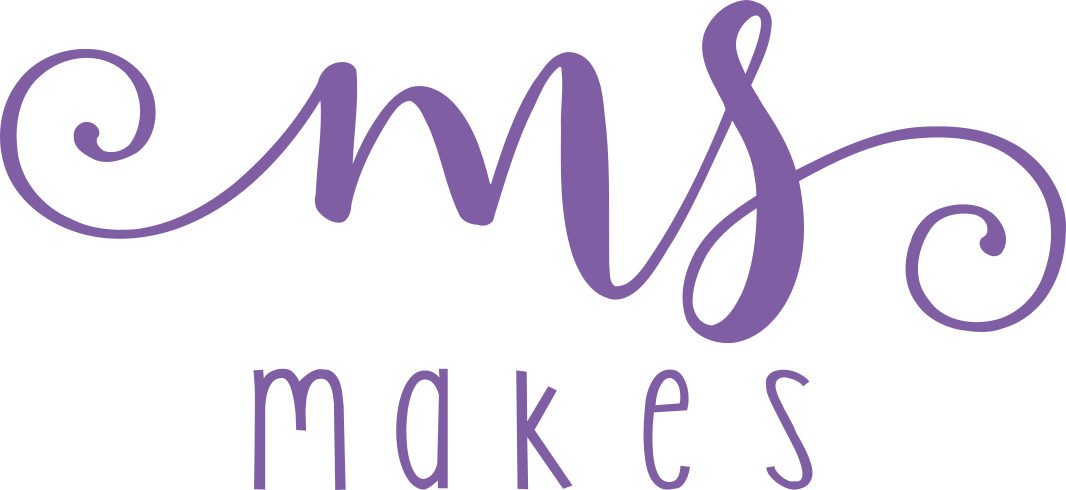Ghirlandaio Gown Dress Diary- Weeks 3 & 4
The second half of the month was slower for me as a took some time focusing on contemporary projects in preparation for Me Made May and also got started on some of the very long handsewing which will need to happen. So here's a quick recap of weeks 3 and 4!
To cut my giornea, I followed several pattern recommendations I mentioned in my planning post and altered it to fit for me as well. I cut mine in the most economical use of fabric, which means the motif on the back of the gown will be upside down. I played with the idea of engineering the print (or even printing after I had cut the pieces) to be sure the motif was always the right side up, but the reality is that historically, they would have worried more about getting the most usage out of the fabric instead of matching the pattern. As many people say "piecing is period!" which I always take as both an endorsement for piecing your fabric and also a reminder that nothing was perfect back then and striving for perfection simply isn't historically accurate. While the fresco does show the pattern upright on the back of the giorena, it also shows the motif laying sideways on the shoulder which makes no sense at all, and I kept that funny little sideways flower in mind when I cut my fabric *gasp* upside down!
This is a not-to-scale MS Paint drawing of what my pattern basically looked like. The difference from similar patterns is in how I allowed for a train in back without cutting a lot of extra length in front. I wanted to cut my pieces out right away because...
Look! Sparkly, shiny spangles!
I mentioned before I did not print the other half of the motif, because I wanted to 'elevate' the fabric past printing by adding something physical and eye catching to the pieces. Sequins replicate the little round pieces of the motif well, and did you know that sequins were actually used historically? (Although they were called spangles). They obviously were not made of the plastic ours are made of today so I went in search of large, gold colored metal sequins and found them at Tinsel Trading. There are also many sellers on Etsy but I was worried about shipping times and Tinsel ships from within the US. Historically, round spangles weren't punched out of flat sheets of metal (so much waste!). Instead, they were shaped out of wires and then hammered flat, meaning they have a small seam in them. The spangles from Tinsel are actually vintage from France in the 1920s, and while they aren't quite as old as the 1490s, it still feels very special to be adding an element almost 100 years old to my costume!
I am hand sewing them on one by one (that means every sequin gets knotted on itself) using my apparently new favorite method of creating spacing, paper squares. I'm using silk thread on the silk fabric so everything stays nice and luxurious, and also so I feel my time investment is worth it because this is taking forever. (Forever? Forever ever. Forever ever?)
While I didn't get as much done in the last half of the month as I did in the first half, I did work really hard on getting my first month recap done for the competition, and you can read that recap on my entrant page over at The Realm of Venus. Make sure while you're there to check out all the other amazing entries happening!







